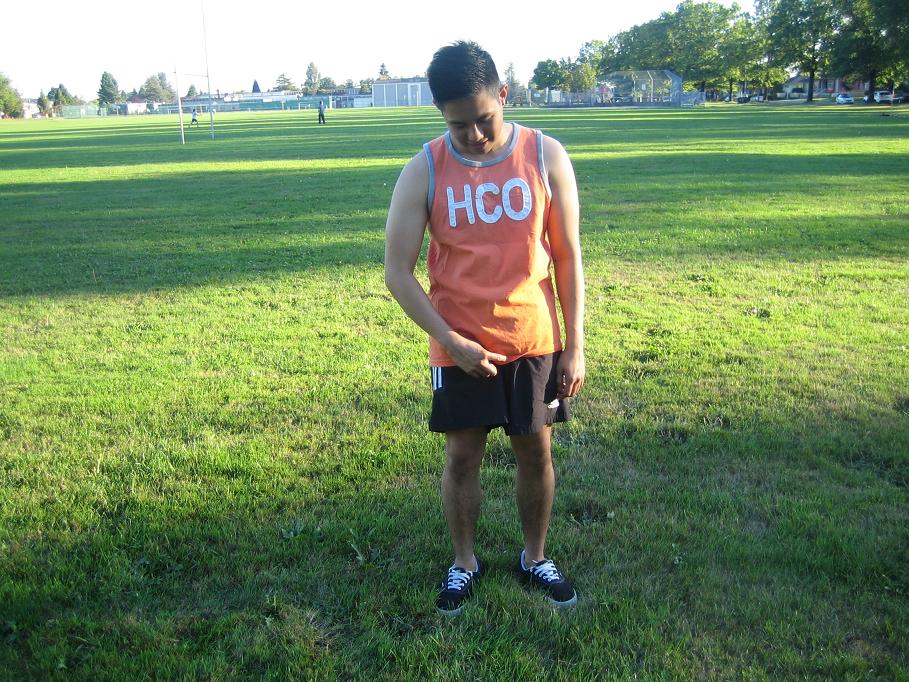Groin pain is usually the result of a pull or strain on the adductor muscle. If these muscles are overly stretched beyond their limits, it can cause small-sized muscle tears that can cause swelling and pain.
Measures to manage groin pain
Stop activity and adequate rest
Remember that pain is a warning indication that there is something wrong. If there is pain during physical activity, it is vital to stop. In most circumstances, the groin pain from a strain or pull is quite evident and debilitating, but for some, there are subtle warning indications that results to a full-blown groin injury.
If there is nagging pain or soreness in the groin while exercising, it is best to rest. If there is acute pain, stop any activity and rest and utilize the RICE method which is the ideal treatment for strains and pulls. If the individual could not walk or bear weight, pain while at rest or awaken at night due to pain, consult a doctor.
Application of ice

Applying an ice pack on the groin injury can minimize the swelling and prevent further damage. As soon as possible, apply an ice pack on the groin area. You can utilize a cold pack or bag of frozen vegetables. Make sure that it is wrapped in a clean towel or cloth.
The cold provides momentary relief to the groin pain and minimizes the flow of blood to the affected area which limits the swelling. Do not leave the ice pack on the injury for more than 15-20 minutes at a time and do not apply directly on the skin.
A general rule is to apply the ice pack on the affected area for 15 minutes every hour for the initial day. After that, utilize ice as needed to control the swelling. If the swelling persists after 3 days, it is best to set an appointment with a doctor.
Compression wrap
An elastic compression wrap can be placed to reduce the groin pain and the swelling. After applying cold to the area, cover the thigh to keep it compressed during the application. A compression wrap also reduces the pain and risk for re-injury as the individual resumes activity in a week or two.
Mild groin stretching
Gentle stretching can be started when the swelling subsides and the pain is controlled. Start in a slow manner and steadily increase the range of motion in the inner thigh and hip. The individual should be careful during the initial phases to avoid forcing a stretch or there is the risk for re-injury.
Resuming sports at a slow manner
After sustaining an injury to the groin, it is vital to take time to return to sports. Resuming too soon can increase the risk for re-injury or developing chronic groin pain. Consulting a therapist or trainer is the safest way to gauge his/her return to sports.

